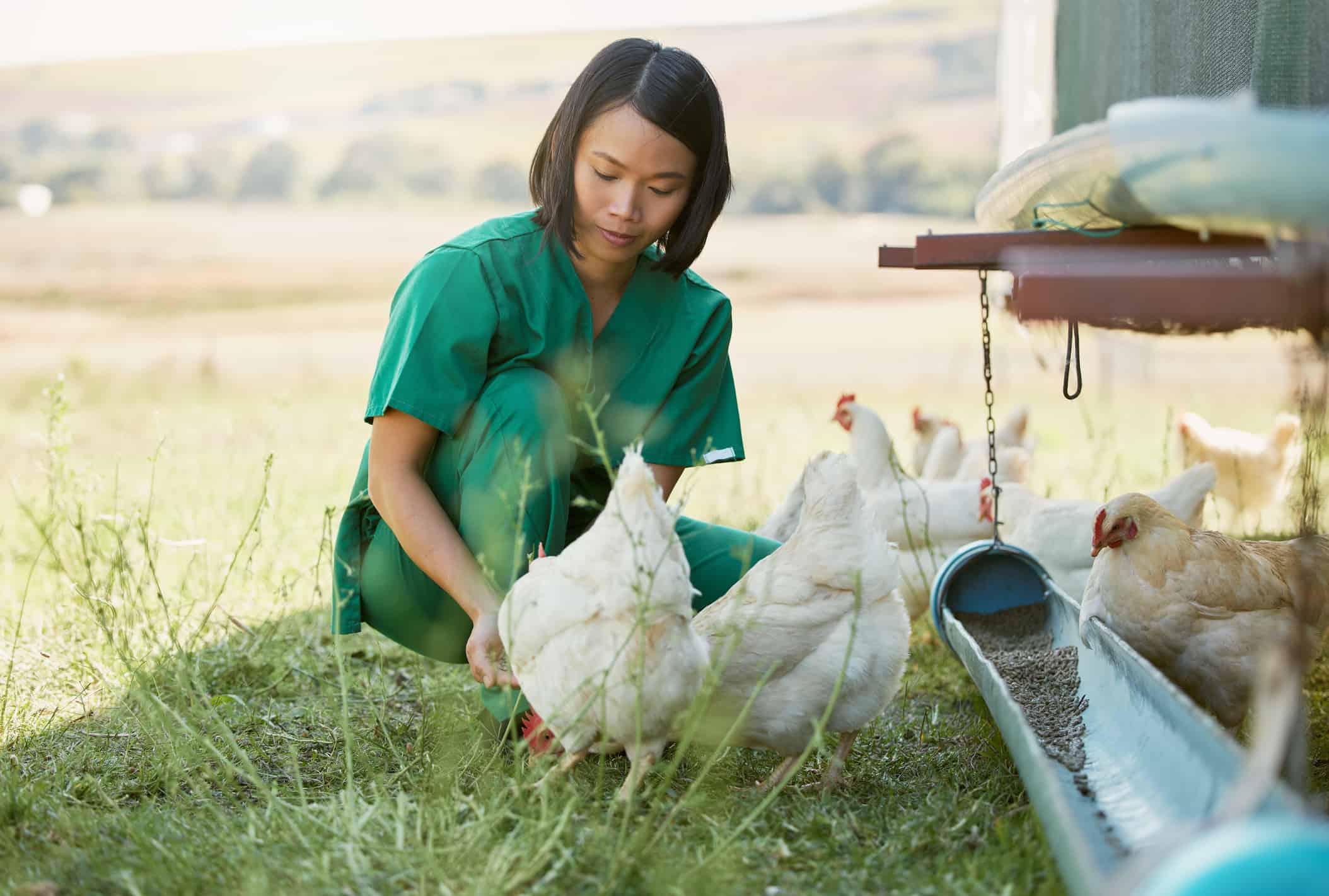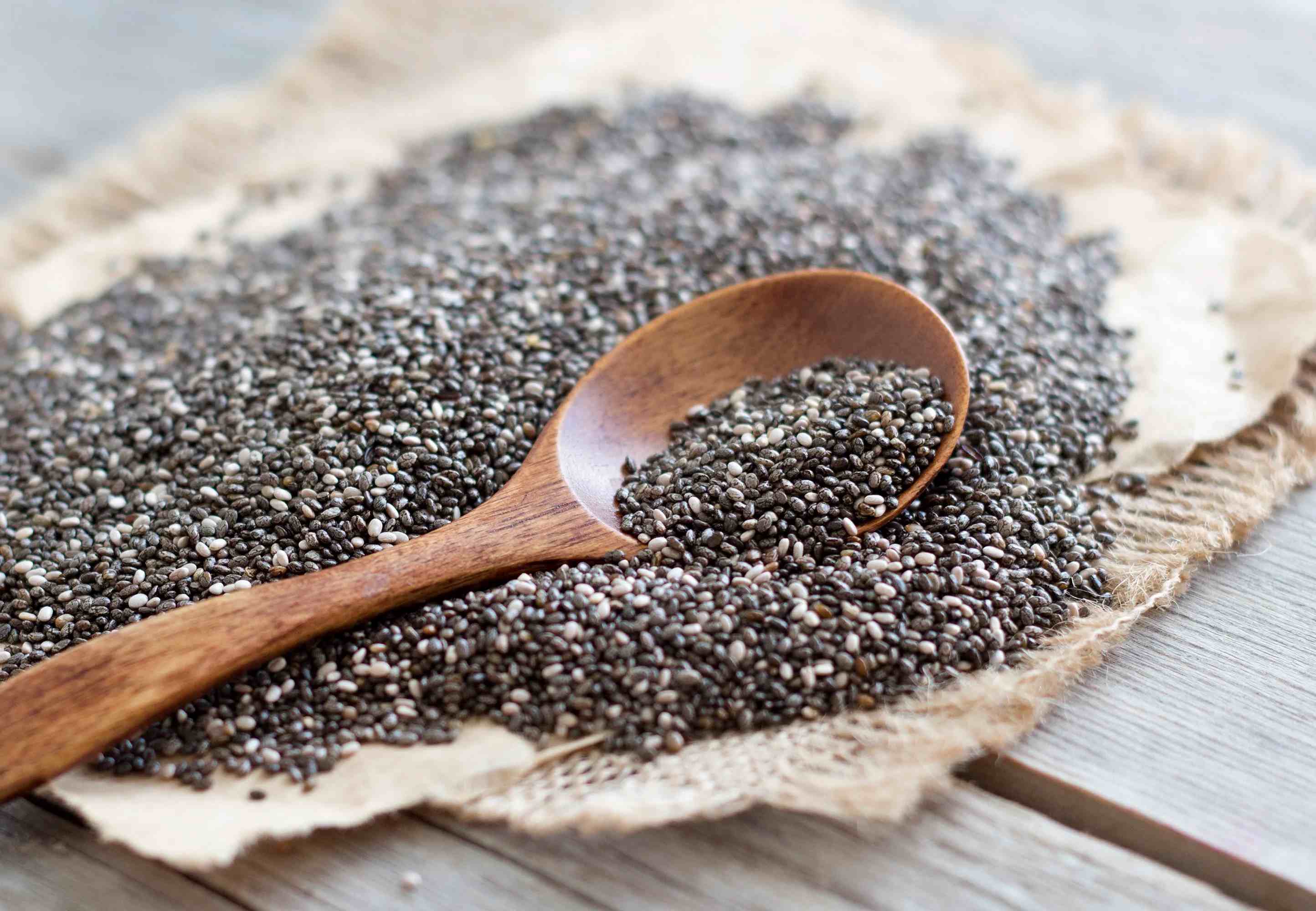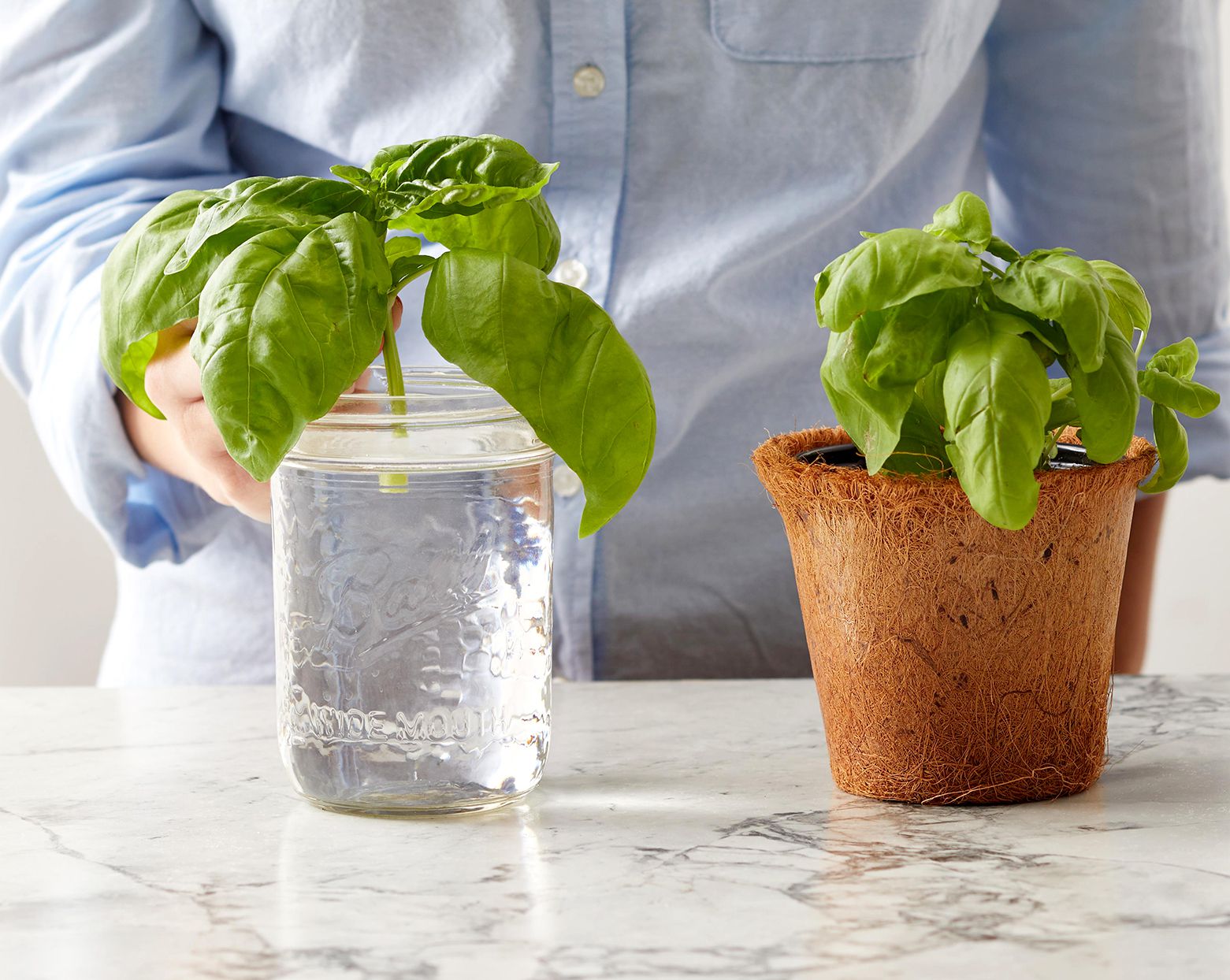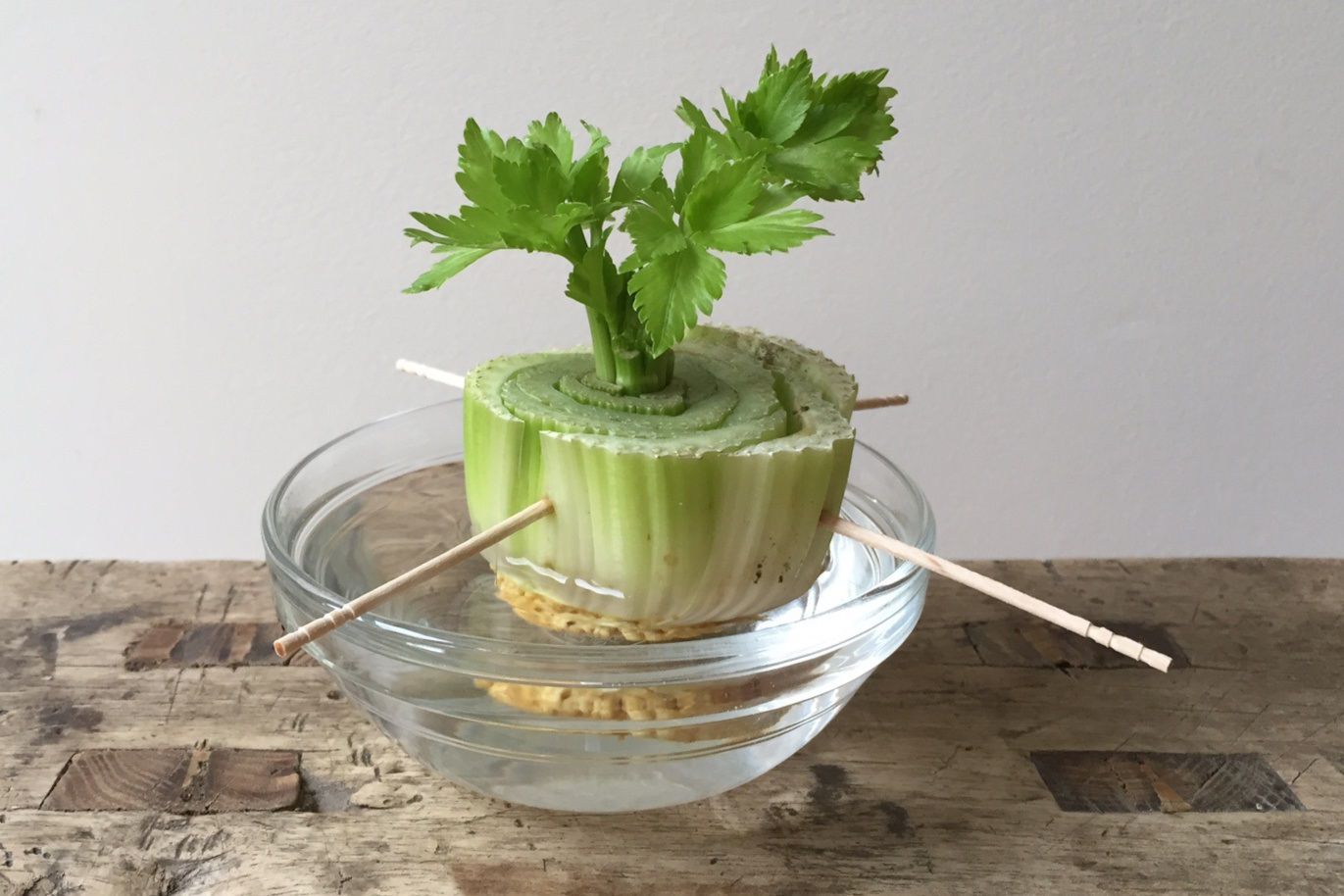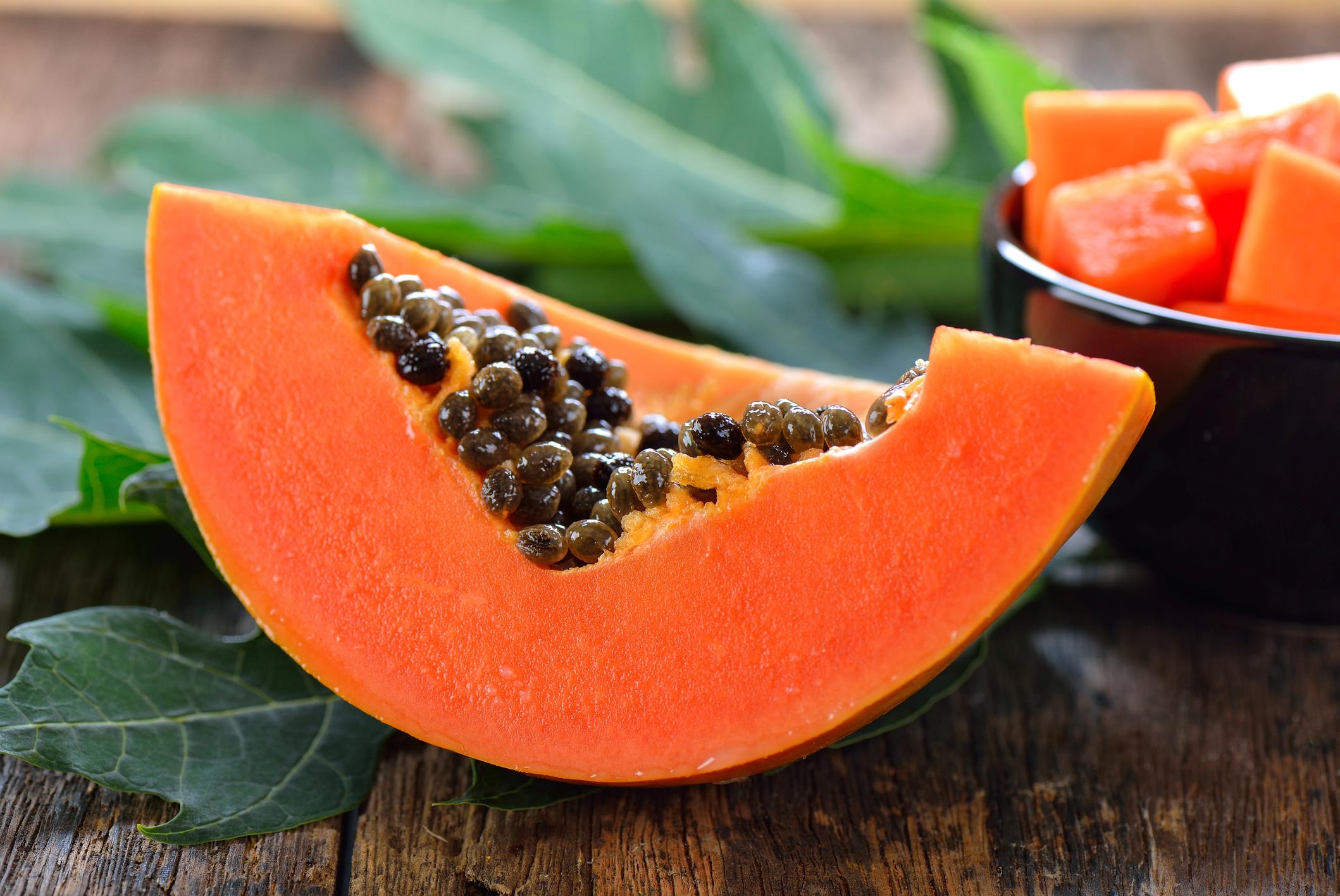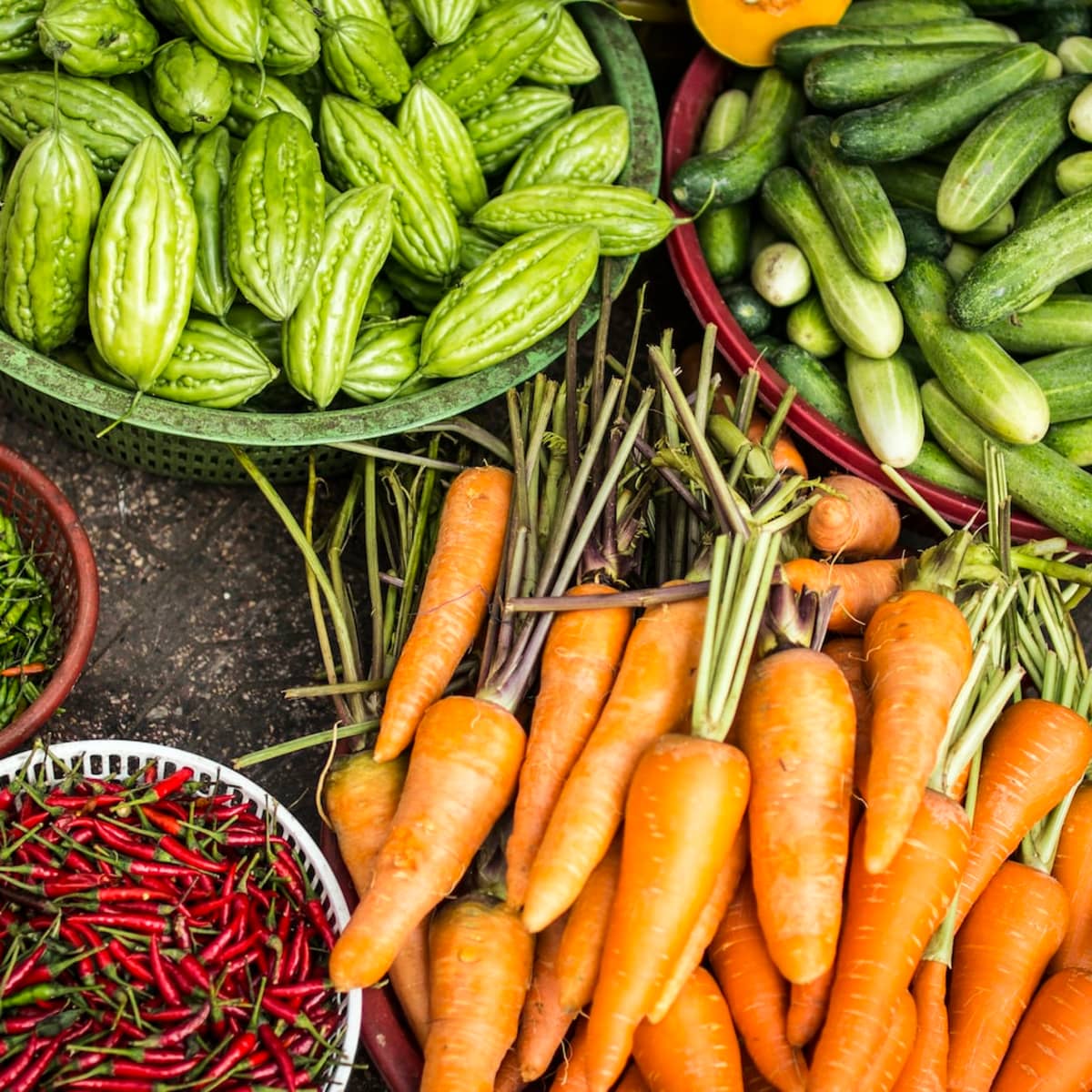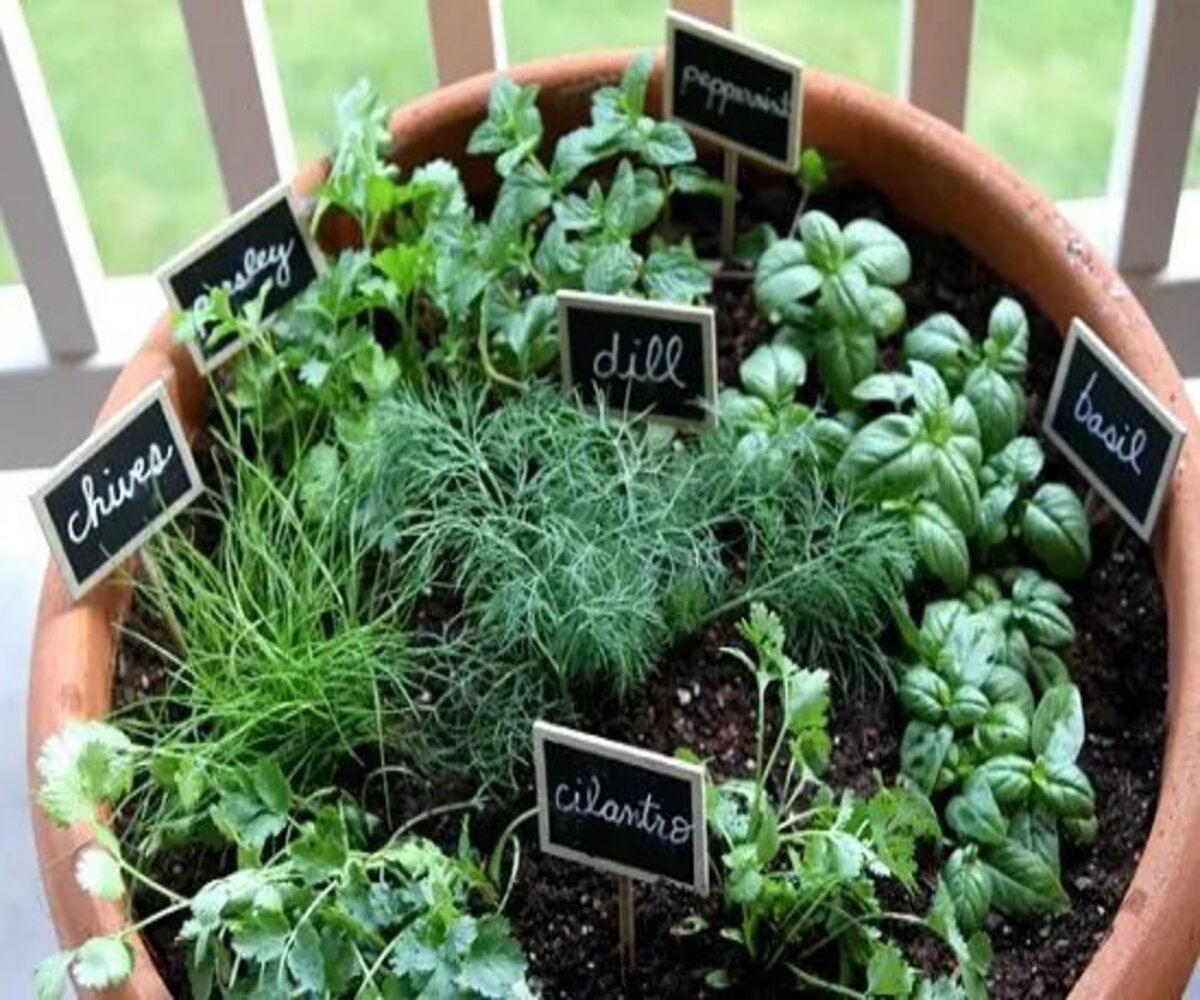Home>Gardening News and Trends>Latest News>What Can You Feed A Leopard Gecko Besides Insects


Latest News
What Can You Feed A Leopard Gecko Besides Insects
Published: December 6, 2023
Looking for latest news on what you can feed a leopard gecko besides insects? Discover alternative diet options and keep your pet healthy and happy.
(Many of the links in this article redirect to a specific reviewed product. Your purchase of these products through affiliate links helps to generate commission for Chicagolandgardening.com, at no extra cost. Learn more)
Table of Contents
- Introduction
- Importance of a Balanced Diet for Leopard Geckos
- Non-Insect Options for Feeding Leopard Geckos
- Gut-Loaded Insects as an Alternative Food Source
- Vegetables and Fruits Suitable for Leopard Geckos
- Commercial Diets for Leopard Geckos
- Supplementing Leopard Gecko’s Diet with Calcium and Vitamins
- Tips for Feeding Leopard Geckos with Non-Insect Foods
- Conclusion
Introduction
Leopard geckos are fascinating reptiles that make popular pets due to their unique appearance and docile nature. As reptiles, their dietary needs differ from those of mammals or birds, and they primarily consume insects in the wild. However, contrary to popular belief, leopard geckos can also enjoy a variety of non-insect foods that provide them with essential nutrients.
A balanced diet is crucial for the overall health and well-being of leopard geckos. While insects like crickets and mealworms form the foundation of their diet, offering a range of alternative foods is beneficial for several reasons. Firstly, feeding a diverse array of foods helps prevent nutritional deficiencies and promotes optimal growth and development. Moreover, introducing non-insect options adds enrichment to their feeding routine, stimulating natural foraging behaviors.
In this article, we will explore various non-insect options that you can feed your leopard gecko to diversify their diet. We will also discuss the importance of gut-loading insects and provide tips on supplementing their diet with essential vitamins and minerals. Whether you are looking to provide some variety or are searching for alternatives to insects, this article will offer valuable insights into alternative food options for your leopard gecko.
Importance of a Balanced Diet for Leopard Geckos
A balanced diet is crucial for leopard geckos to thrive and maintain optimal health. In the wild, they primarily feed on insects, which provide essential nutrients like protein, fat, vitamins, and minerals. However, relying solely on one type of food can lead to nutritional deficiencies, affecting their overall well-being.
Feeding a variety of food items ensures that leopard geckos receive a broad spectrum of nutrients necessary for their physiological functions. Nutritional deficiencies can manifest as weakened immune systems, stunted growth, reproductive issues, metabolic bone diseases, and other health problems.
By offering a diverse range of food, such as other protein-rich sources and leafy greens, you can help prevent these deficiencies. Variety can also prevent the development of feeding aversions, ensuring that your leopard gecko remains eager and willing to eat.
Moreover, introducing different food items encourages natural foraging behaviors. In the wild, leopard geckos hunt and consume a variety of prey. By replicating this natural feeding behavior in captivity, you can provide mental stimulation and enrichment, preventing boredom and promoting a healthier, more active lifestyle.
It is worth noting that while variety is important, it is equally essential to understand the specific nutritional needs of a leopard gecko. Different foods contain varying levels of nutrients, and striking the right balance is crucial. Working closely with a reptile veterinarian or consulting reputable resources can help ensure that your gecko’s diet is well-rounded and meets their specific requirements.
Non-Insect Options for Feeding Leopard Geckos
While insects form the primary component of a leopard gecko’s diet, there are several non-insect options that can provide additional nutrition and variety. These alternatives can be especially helpful if you have limited access to insects or if your gecko is a picky eater.
One non-insect food option for leopard geckos is frozen/thawed pinkie mice or specialized reptile rodent diets. These options can help supplement the gecko’s diet with additional protein and fat. However, it is essential to ensure that these items are properly sized and appropriate for your gecko’s age and size. Additionally, these foods should be fed sparingly and should not become the primary component of their diet.
Another non-insect food that can be offered to leopard geckos is meal replacement powders. These powders are specially formulated to provide a balance of essential nutrients. They can be sprinkled on insects before feeding or mixed with water to create a paste that can be offered to the gecko. However, it is important to note that meal replacement powders should not replace the gecko’s entire diet and should be used in moderation.
Fruits and vegetables can also be offered to leopard geckos. However, it is essential to only offer those that are safe and appropriate for them. Some suitable options include pureed pumpkin, mango, and squash. These can be mixed with insects or meal replacement powders to make a nutrient-rich puree. It’s worth mentioning that fruits and vegetables should only make up a small portion of the gecko’s diet and should not be the primary source of nutrition.
Lastly, some commercial gecko diets are available that are specifically formulated for leopard geckos. These diets often come in powdered form and can be mixed with water to create a gel-like consistency. They usually contain a combination of protein, fruits, vegetables, and essential vitamins and minerals. These commercial diets can be a great addition to a gecko’s diet but should not completely replace the feeding of live insects.
When introducing non-insect foods to leopard geckos, it is important to monitor their response and ensure they are accepting and digesting these items well. If you notice any adverse reactions or changes in their eating habits, consult a veterinarian for guidance.
Gut-Loaded Insects as an Alternative Food Source
Gut-loading is the process of feeding insects a nutritious diet before offering them to your leopard gecko. This technique ensures that the insects are packed with essential nutrients, making them an excellent alternative food source.
The nutritional value of insects can be enhanced by providing them with a well-balanced diet. This can include high-quality fruits, vegetables, and even commercial insect gut-loading diets. The insects should be fed this nutritious diet for at least 24-48 hours before being offered to your gecko. The nutrients consumed by the insects are then passed on to your gecko, providing them with a more rounded and diverse diet.
Gut-loading insects not only increases their nutritional value but also adds variety to your gecko’s daily meals. It allows you to incorporate a broader range of nutrients into their diet, promoting overall health and vitality. Additionally, gut-loaded insects can help satisfy your gecko’s natural hunting instincts, making mealtimes more stimulating and engaging.
When gut-loading insects, it is crucial to use fresh and high-quality food items. Avoid offering insects that have been exposed to pesticides or toxins as they can be harmful to your gecko. It is also important to offer a variety of gut-loaded insects to ensure a diverse nutritional profile.
Remember that while gut-loaded insects can be a valuable addition to your gecko’s diet, they should not be the sole food source. Variety is key, and it is essential to continue offering live insects, as well as other non-insect options, to provide a balanced and nutritious diet.
If you are unsure about the right gut-loading techniques or specific insect options, consult with a reptile veterinarian or an experienced breeder who can guide you in ensuring your leopard gecko receives optimal nutrition.
Vegetables and Fruits Suitable for Leopard Geckos
While leopard geckos are primarily insectivorous, adding small amounts of vegetables and fruits to their diet can provide additional nutrients and enrichment. However, it is important to select safe and appropriate options for your gecko.
Some suitable vegetables for leopard geckos include leafy greens like kale, spinach, and collard greens. These greens are rich in vitamins and minerals that can contribute to a well-rounded diet. You can offer them in small quantities, either chopped into tiny pieces or blended into a paste.
Fruits can also be added to your gecko’s diet, but they should be offered sparingly due to their high sugar content. Safe fruit options include mango, papaya, and pureed pumpkin. It’s important to remove any seeds or pits before feeding to avoid potential choking hazards.
Before offering vegetables or fruits to your leopard gecko, ensure that they are appropriately prepared. Chop them into small, manageable pieces or blend them into a smooth puree. This makes it easier for your gecko to consume and digest them.
Remember that vegetables and fruits should only make up a small portion of your gecko’s diet. The bulk of their nutrition should still come from live insects and gut-loaded options. Aim to offer vegetables and fruits as occasional treats or as a way to add variety to their diet.
Lastly, always monitor your gecko’s response to new foods. If you notice any signs of digestive issues or changes in their behavior, discontinue offering the particular item and consult a veterinarian for guidance.
Commercial Diets for Leopard Geckos
Commercially prepared diets offer a convenient and balanced option for feeding your leopard gecko. These diets come in powdered form and are specifically formulated to meet the nutritional needs of leopard geckos.
Commercial diets for leopard geckos often contain a combination of protein sources, such as mealworms or crickets, along with fruits, vegetables, and essential vitamins and minerals. They are designed to provide a complete and balanced diet, ensuring that your gecko receives all the necessary nutrients.
One of the advantages of commercial diets is that they eliminate the need for live insects, making them suitable for gecko owners who may be squeamish or have limited access to live prey. They also provide a convenient option for times when live insects are not readily available, such as during winter months or when traveling.
To feed a commercial diet, simply mix the powdered food with water according to the instructions provided by the manufacturer. The resulting mixture typically has a gel-like consistency, making it easy for your gecko to consume.
However, it is important to note that commercial diets should not replace live insects entirely. While they can serve as a supplement or occasional meal replacement, offering live insects is still crucial for providing the necessary physical and mental stimulation that comes with hunting and catching prey.
Furthermore, not all commercial diets are created equal, and their nutritional value can vary. It is important to select a reputable brand and carefully read the ingredients list to ensure that it aligns with your gecko’s dietary needs. Consulting with a reptile veterinarian or experienced gecko breeders can also provide valuable guidance in choosing a suitable commercial diet for your leopard gecko.
Remember to monitor your gecko’s response to the commercial diet. If you notice any adverse reactions or changes in their behavior or health, discontinue use and consult with a veterinarian.
Supplementing Leopard Gecko’s Diet with Calcium and Vitamins
Proper supplementation is crucial to ensure that leopard geckos receive all the essential nutrients they need. Calcium and vitamins play a vital role in their overall health and well-being.
Calcium is particularly important for leopard geckos as it is essential for the development and maintenance of strong bones and proper muscle function. Without sufficient calcium, geckos are at risk of developing metabolic bone disease, a condition characterized by weakened bones and deformities.
There are different ways to supplement calcium in a leopard gecko’s diet. One common method is to dust live insects with a calcium powder supplement. Simply place a small amount of the powder in a plastic bag or container, add the live insects, and gently shake them to coat them evenly. This ensures that your gecko receives the calcium when they consume the insects.
In addition to calcium, it is also important to provide your gecko with a balanced vitamin supplement. These supplements usually contain essential vitamins such as vitamin D3, which aids in calcium absorption, and vitamin A, which supports vision and immune function. The frequency of vitamin supplementation may depend on the specific brand and the gecko’s age and overall health.
When using supplements, it is crucial to follow the recommended dosage guidelines and not exceed the suggested amounts. Over-supplementing can be just as harmful as under-supplementing, so moderation is key. Consult with a reptile veterinarian to determine the appropriate dosage for your leopard gecko based on their specific needs.
It is worth noting that while supplements are an important part of a leopard gecko’s diet, they should not be relied upon as the sole source of nutrition. A balanced diet that includes live insects, gut-loaded options, and non-insect foods should form the foundation of their meals. Supplements are used to fill in any potential nutritional gaps and ensure that the gecko’s dietary requirements are met.
Always monitor your gecko’s health and behavior when introducing supplements. If you notice any unusual symptoms or changes, discontinue use and consult a veterinarian for further guidance.
Tips for Feeding Leopard Geckos with Non-Insect Foods
Feeding leopard geckos with non-insect foods can be a great way to add variety and nutritional balance to their diet. Here are some tips to help you successfully incorporate non-insect foods into your gecko’s feeding routine:
- Start slow: When introducing non-insect foods, start with small amounts and gradually increase over time. This allows your gecko to adjust to the new flavors and textures.
- Offer a variety: Experiment with different non-insect options to provide a varied diet. This helps ensure that your gecko receives a wide range of essential nutrients.
- Chop or puree: Cut vegetables and fruits into small, manageable pieces or blend them into a smooth paste. Leopard geckos have small mouths, and this makes it easier for them to consume and digest non-insect foods.
- Use gut-loaded insects: If your gecko is hesitant to try non-insect foods, try offering gut-loaded insects with a small amount of the non-insect food on top. The familiar taste and smell of the insects may encourage your gecko to explore the new food.
- Observe their preferences: Pay attention to your gecko’s preferences and adapt accordingly. Some geckos may have their favorite non-insect foods, while others may show a preference for specific textures or flavors.
- Rotate foods: Continuously offer a variety of non-insect foods and rotate them regularly to prevent a selective diet. This ensures that your gecko receives a balanced mix of nutrients.
- Supplement appropriately: When feeding non-insect foods, it is important to continue supplementing with calcium and vitamins to ensure your gecko receives all the necessary nutrients.
- Monitor health and digestion: Keep an eye on your gecko’s overall health and digestion when introducing new foods. If you notice any signs of distress or digestive issues, consult with a veterinarian for guidance.
Remember, every leopard gecko is unique, and their preferences may vary. It may take some time and experimentation to find the non-insect foods that your gecko enjoys. Providing a balanced and diverse diet, along with live insects and appropriate supplementation, will help ensure your leopard gecko maintains optimal health and happiness.
Conclusion
Ensuring a balanced and varied diet for your leopard gecko is essential for their overall health and well-being. While insects form the foundation of their diet, incorporating non-insect foods can provide additional nutrients, enrichment, and variety.
Gut-loaded insects, such as crickets and mealworms, serve as an excellent alternative food source, offering a wider range of nutrients. Additionally, vegetables and fruits can be offered in small amounts to provide essential vitamins and minerals. Commercial diets specifically formulated for leopard geckos can also offer convenience and balanced nutrition, but should not replace the feeding of live insects entirely.
When incorporating non-insect foods, it is important to start slow, offer a variety of options, and be mindful of your gecko’s preferences. Chop or puree foods for easier consumption, and continue supplementing their diet with calcium and vitamins to meet their nutritional needs.
Always monitor your gecko’s health and digestion when introducing new foods, and consult with a reptile veterinarian if you have any concerns or questions.
By providing a diverse and nutritious diet that includes a mix of live insects, gut-loaded options, and non-insect foods, you can ensure that your leopard gecko thrives and lives a happy and healthy life.


